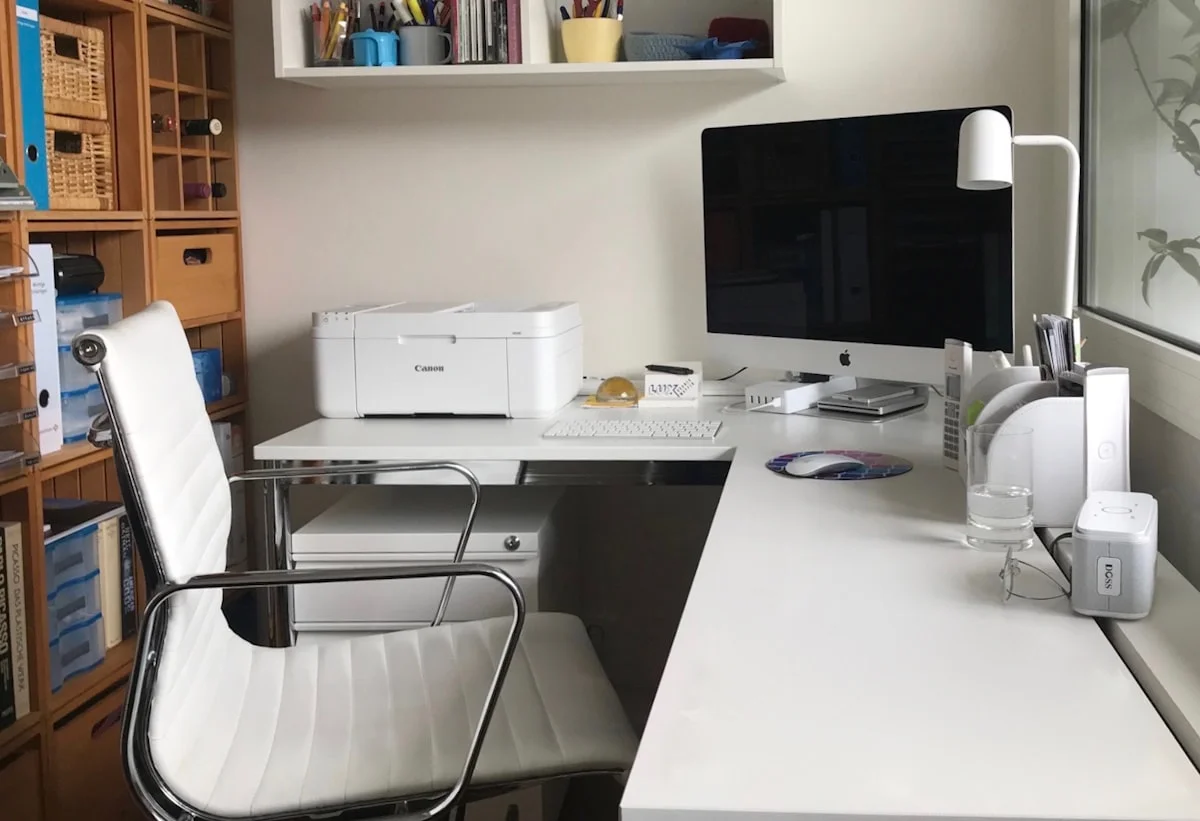How to Set Up a Remote Work Office on a Budget in 2025
Transitioning to remote work is an exciting opportunity, but creating a functional and comfortable home office can seem daunting, especially when finances are a concern. The good news is that a productive and professional budget remote office setup is entirely achievable without a massive investment. This guide will walk you through every step, from selecting affordable furniture to sourcing low-cost tech, proving that a high-quality budget remote office setup is within your reach for 2025 and beyond. We’ll focus on smart spending, prioritizing ergonomics, and maximizing the value of every dollar to create a space that boosts your productivity and well-being.
Defining Your Needs and Planning Your Space
Before you spend a single penny, the most crucial step is to assess your specific work requirements. A graphic designer will have vastly different needs than a customer service representative. Ask yourself key questions: How many hours will I work here daily? What equipment is non-negotiable? What kind of storage do I need? Answering these will prevent you from purchasing unnecessary items. Next, scout your home for potential office nooks. It doesn’t have to be a spare room; a quiet corner in your bedroom, a repurposed closet, or even a partitioned section of your living area can work perfectly. The goal is to find a space with minimal distractions and, if possible, good natural light. This planning phase is the foundation of your entire budget remote office setup and costs nothing but a little time and thought.
Sourcing Affordable and Ergonomic Furniture
The cornerstone of any office is a good desk and chair. While high-end ergonomic chairs can cost a fortune, there are excellent budget-friendly alternatives. Look for chairs with good lumbar support and adjustable height; many office supply stores have affordable models that meet basic ergonomic standards. For a desk, consider second-hand options from online marketplaces, thrift stores, or even garage sales. A simple, sturdy table can often serve just as well as a branded desk. The key is to ensure your monitor is at eye level and your forearms are parallel to the floor when typing. If your current table is too high, an adjustable keyboard tray can be a cheap fix. If it’s too low, risers or sturdy blocks can elevate it. Remember, investing in comfort is investing in your health and long-term productivity, making it a non-negotiable part of a savvy budget home office.
Selecting Cost-Effective Technology and Equipment
You don’t need the latest and most expensive tech to be effective. For many, a reliable laptop is the only major hardware needed. If your current machine is slow, consider a RAM upgrade or switching to a lighter operating system before buying new. For peripherals, a basic wired keyboard and mouse are incredibly affordable and often more reliable than their wireless counterparts. A monitor can significantly enhance your workflow, and refurbished models offer tremendous value. For communication, the built-in webcam and microphone on most laptops are sufficient for internal calls, but a reasonably priced USB microphone can drastically improve your audio quality for client meetings. Always prioritize a stable internet connection; sometimes, a better router or a simple Wi-Fi extender is a more cost-effective solution than upgrading your entire internet plan.
Optimizing Your Workspace for Productivity and Comfort
Your environment plays a huge role in how you feel and work. Proper lighting is essential to reduce eye strain. Position your desk to benefit from natural light, but avoid having it shine directly on your screen. A simple, affordable desk lamp can provide adequate task lighting for darker hours. Cable management is another low-cost, high-impact upgrade. Use zip ties or Velcro straps to tame the cord chaos under your desk; it makes cleaning easier and creates a more polished look. Finally, personalize your space. A plant, some artwork, or a photo can make your home office feel inviting and boost your mood. These small, inexpensive touches transform a sterile workstation into a place where you enjoy spending your time, which is the ultimate goal of any functional remote work environment.
Sustainable and Future-Proofing Your Setup
Building your office on a budget is also an opportunity to be environmentally conscious. Choosing second-hand furniture gives items a new life and keeps them out of landfills. When buying new, look for products from companies with sustainable practices. Think about the future as well. Your needs may change, so opt for modular or adaptable furniture. A desk with a simple design can be easily modified later. As your budget allows, you can gradually upgrade components, starting with the most critical item for your comfort, like your chair. This approach ensures your workspace evolves with your career without requiring a complete and costly overhaul down the line, making your initial investment all the more valuable.
Creating an effective remote office doesn’t require a lavish budget. By carefully planning your space, sourcing furniture wisely, selecting essential tech, and optimizing for comfort, you can build a professional and productive workspace that supports your career goals in 2025. The most important element is you. A well-considered setup, no matter the cost, empowers you to do your best work from the comfort of your home.

